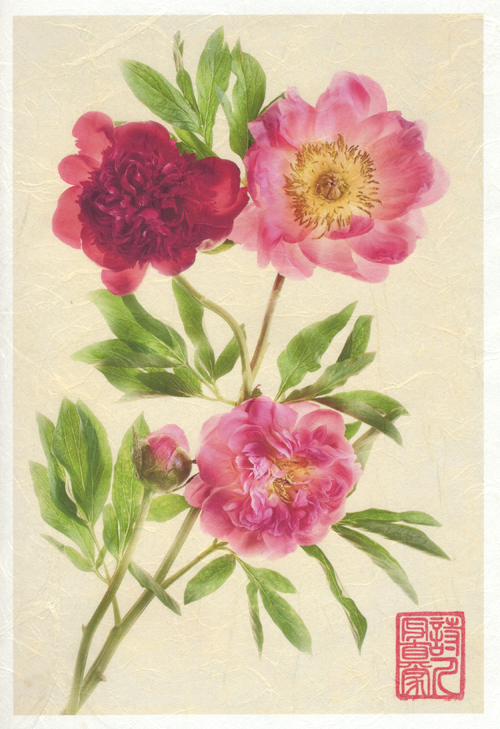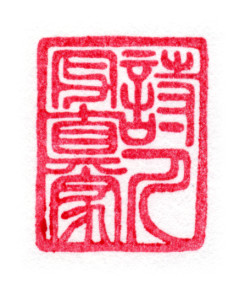When people learn that I am a professional photographer, it is not unusual for them to ask me next what kind of photographer I am. The answer is trickier than it might seem. According to Yahoo’s CEO Marissa Mayer, there is no such thing anymore as a professional photographer (because everyone has a DSLR). If you are primarily a wedding photographer you have a specialty (although it is less lucrative than it used to be). It’s possible to specialize in landscape and nature photography, but not too many photographers make a good living from it.

But what about me?
I like to say that I am a “Photographer as Poet.” I photograph what I am interested in, and I figure out a way to market my work after I’ve made it. “What I am interested in” could mean just about anything or anyone. Photography is just the first step in my image making.
My images are more like poems than short stories—they have an internal cadence and structure.
I feel strongly enough about this “Photographer as Poet” thing that I’ve had a Japanese inken made for me (it’s a stamp, like a Chinese chop) that says “Photographer as Poet.” Here it is:

My inken is used as a decorative element and signature on some of the prints that I make.
Which brings me back to what I do. One of my collectors put it this way (and I think it rings true): I am an artist using techniques including digital painting, with digital photos my as my raw material (pun intended). The results usually don’t look like traditional photography. I like to use new technologies to refer to art of the past, and to mix-and-match genres. One example is the botanical image of peonies above, printed on a high-end inkjet printer on Awagami washi.
This could almost be traditional art, but it is not quite, of course. Nor is it so self-referential as to be coy. I want my poems to be enjoyable on their own, without any comprehension of the complex traditions that relate to their making, and without any need to notice the genres I’ve mixed and the conventions I’ve bent or broken in the process of creation and composition.
Related story: Rose after Delauney and O’Keeffe.
Ron Paris
27 Mar 2014Harold,
I have seen all sorts of debate over the use of a ‘watermark’ on an image. Perhaps if some had taken the care and time you have to produce such a beautiful way of signing your artwork, there would not be that debate.
I think it adds something very special to the image above.
Ron
Harold Davis
27 Mar 2014Thanks Ron!!!
Pingback: French Gardens in Sepia
Pingback: Falling Rose Petals – New Print Edition